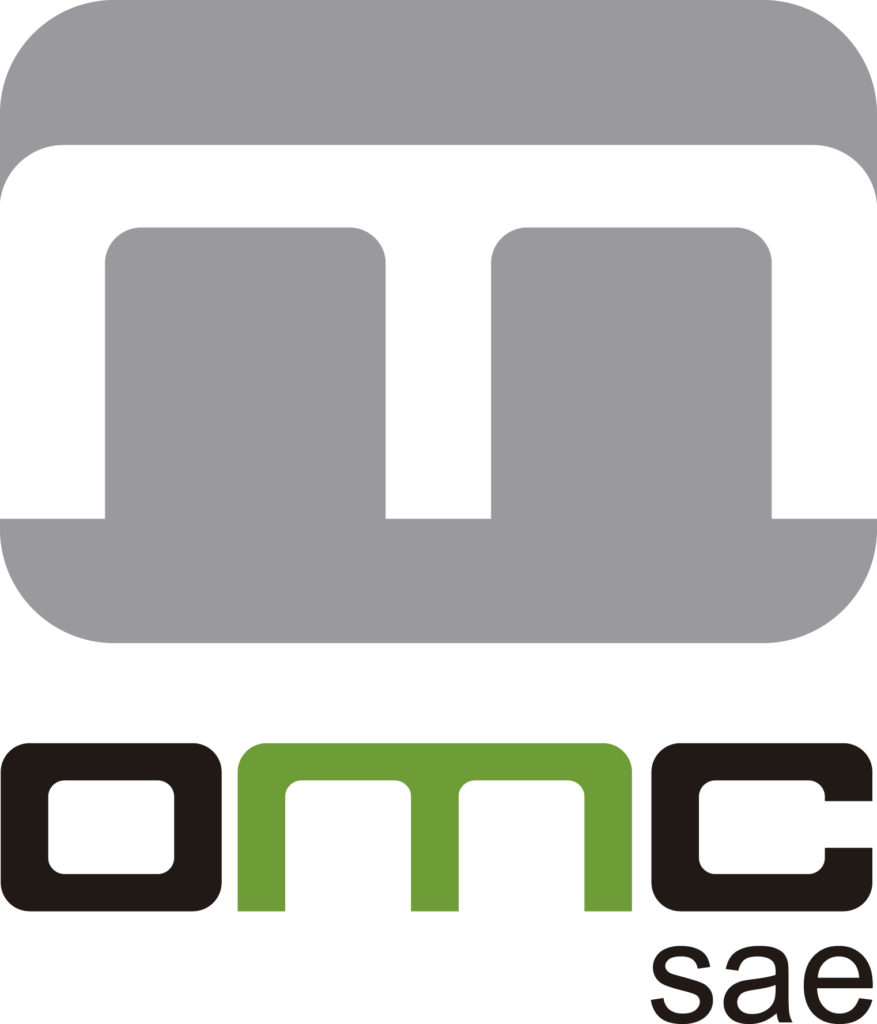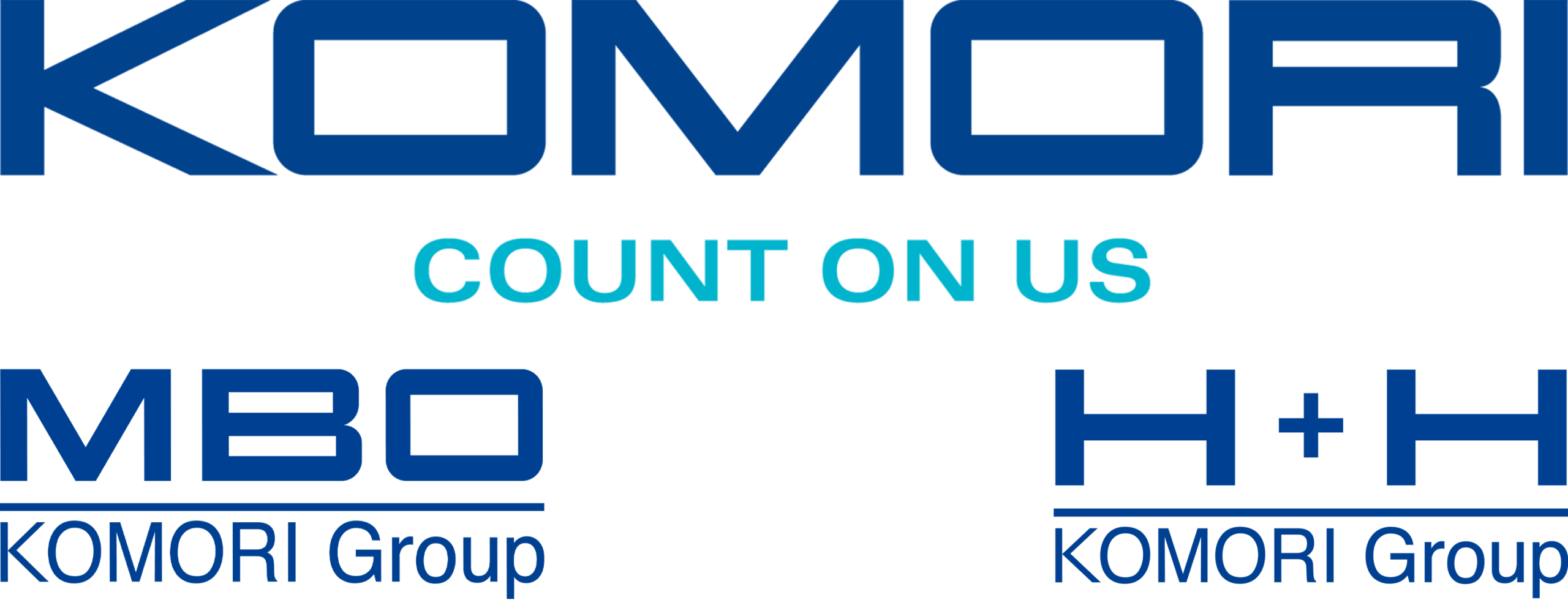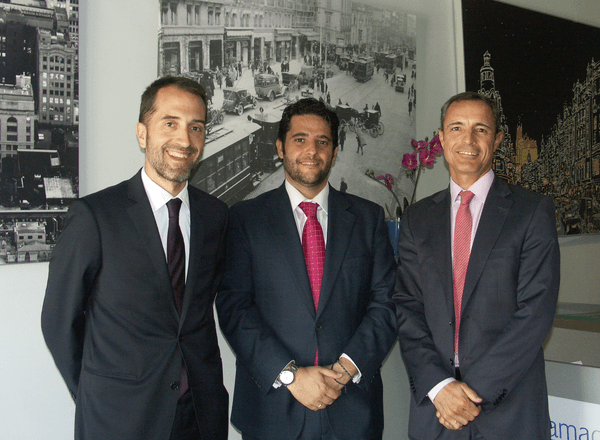The Madrid offset printing company Color range, located in the Entreríos de Ajalvir Business Park, incorporated the innovative Komori H-UV technology into its facilities in August 2016. After more than a year of operation, the manager of the company Jorge Murillo takes stock of the results and the advantages obtained.
Gama Color was born in 1986 as a photomechanical, and in a few years it managed to gain a very remarkable reputation, especially in the publishing market. Already in 2006 it decided to incorporate printing into its range of services and from there the company has gone evolving hand in hand with new technologies with the firm objective of becoming a benchmark in the sector in terms of quality, flexibility and customer service.
"The incorporation of printing was a very important qualitative leap for the company, recalls Jorge Murillo, who was very well received by our clients because it gave them the peace of mind of dealing with a single interlocutor. And it gave us versatility and speed when working. Today we have the complete process: prepress, printing, digital printing, binding, finishing, distribution ... and that allows us a high degree of management and control of production, something very important especially at a time like today ".
Varnishing in line with silk-screen quality
It is within the framework of this growth strategy that its recent investment in the H-UV technology from Komori, which they came to almost "by chance", as Jorge Murillo explains. “At one point, we considered the need to incorporate the varnishing issue in the company as it was one more service that we wanted to offer our customers directly. When analyzing the existing offer in the market - we even considered the option of acquiring a screen printing machine - we learned about Komori's H-UV technology and after conducting various tests with more than satisfactory results, it was when we decided to incorporate it into our production process. The new technology allowed us to make in-line varnishes with a quality very similar to that of silk-screen varnish, but eliminating all the inconveniences that a screen printing machine has in terms of temperature, more limited speeds ..., and it could also be handled by our offset machinists. without having to have the specific knowledge required by screen printing machines. In short, varnishing was a finish that I wanted to be able to offer to my clients and the H-UV technology allowed me to do it in one pass and with my offset machinists. After more than a year, I can say with confidence that in terms of varnishing and for short runs this technology is highly competitive since waiting times are eliminated to be able to turn the work over ”.
Hence, the incorporation of this new technology into Gama Color's daily production process has been very simple. “It is a process that manages to extract the best from the way of working and printing with greasy ink and UV ink, but with the advantage that you don't have to be so expert at least to work with paper. Obviously, jobs can have very different levels of complication, but in principle, for any machinist used to working in offset, adaptation is minimal ".
Unprecedented quality and assured stability
For Jorge Murillo, Komori H-UV technology is he first really significant change in offset technology in the last twenty years. “Once we started working with the machine,” he explained, “we realized that it offered many other advantages when printing, from the most obvious, such as the sheets coming out dry or the non-use of anti-staining powders, to what perhaps We have been more interested in the quality obtained when printing offset paper with H-UV compared to doing it with greasy ink. They are very porous papers and with greasy ink the penetration makes the point open, while with H-UV at the moment the ink crystallizes the result on offset paper is really remarkable: more defined points, better cut-out, superior finishes. ... So much so that even papers that are not so good seem better if you work with this technology, because there is no absorption ".
Another factor that disappears thanks to the H-UV technology it is the variability in the tones and in the densities, so typical when working with offset papers. "In fact, we have measured densities in a job three months apart, and the density remains exactly the same" says the head of Gama Color. "It is the technology of the future without any doubt and right now there is nothing similar in the market, there are other technologies but Komori H-UV is the most complete and flexible".
Michel Madoz, Marketing Director of OMC, points out in relation to this issue: “The quality offered, with Komori's H-UV technology, is very high and that is an objective data contrasted in the market. And that is appreciated by our clients, the printers, as well as the clients of our clients, who from the moment they know the results that this new technology offers, they value it and demand it. In summary, it could be said that quality has increased within a more stable process, since many of the problems or variables that occur in conventional have been minimized or even eliminated ".
Versatility, environment and much more
Another aspect to take into account in relation to Komori's H-UV technology is its versatility in terms of the range of media with which it can work in addition to paper, such as plastics, metal sheets, PVC, etc. Consulted on this subject, Jorge Murillo explains: “In principle, we are not considering working with this type of product, at least for the moment, although it is true that we are aware that this door is there if at some point we choose to enter that market. For now, we are in favor of "shoemakers to your shoes" because there are companies that have been working with plastic all their lives and we must assess how much we would have to learn to be able to enter in a competitive way, for price and quality ".
On the other hand, Gama Color is a company that is especially aware of environmental issues and Jorge Murillo appreciates how the new technology is helping them to better meet these requirements. “The machine does not emit ozone, the electricity consumption and the heat generated are lower than the UV process, it does not use anti-scale powders, the instant drying allows savings in space and time ... All of them are factors that help a company to comply with environmental aspects , among other advantages, although obviously all these aspects will be more or less defining for each company depending on the specific activity to which it is engaged. Each company is different and each one must find out which aspects of this new technology are the ones that favor it the most ”.
But perhaps one of the aspects most valued by the company is that this new technology has also allowed them to act before their customers as a single interlocutor, controlling finishes and appearing as a single person in charge, which has been very well received for what it contributes in tranquility. "It allows us to control exactly everything that comes out from our own company, without distortions or losses, with what this implies savings in time, in incidents ... In short, a total control of the work". “H-UV technology improves all of the above, it does not imply a cultural change for either machinists or the company, and it is very versatile, allowing you to continue doing what you did before but better, as well as opening up the possibility of doing things new ", concludes Jorge Murillo.
Michel Madoz, for his part, points out: “The benefits of this new technology are seen in the overall productivity it offers, which makes the overall assessment of the process profitable and very positive. It is a new, disruptive technology, in which Komori has been a pioneer "
And speaking of the future
Currently, Gama Color, with a staff of 21 people and 1,500 square meters dedicated to production plus an auxiliary warehouse of another thousand, works for all types of clients, mainly in the national market. His most immediate future plans include replacing machinery, within two or three years, although what and for what will depend on how the market is at that time.
"The graphics sector in a general sense is better but I believe that it has not finished its readjustment process, and the new technology that is being developed is going to produce an even greater readjustment. Paper will continue to be printed, but there are sectors that are already very mature and others that are growing, such as packaging and labels, and the question I think is to know how these processes are going to be and how to position your company in the appropriate form based on these changes. In a few years, more will be printed but not the same will be printed. We are in a moment of important change and we must see where things are going. In this scenario, companies like Gama Color have to be very tactical and flexible, detect their most advantageous market niches and carry out a rapid and profitable adaptation movement ".




